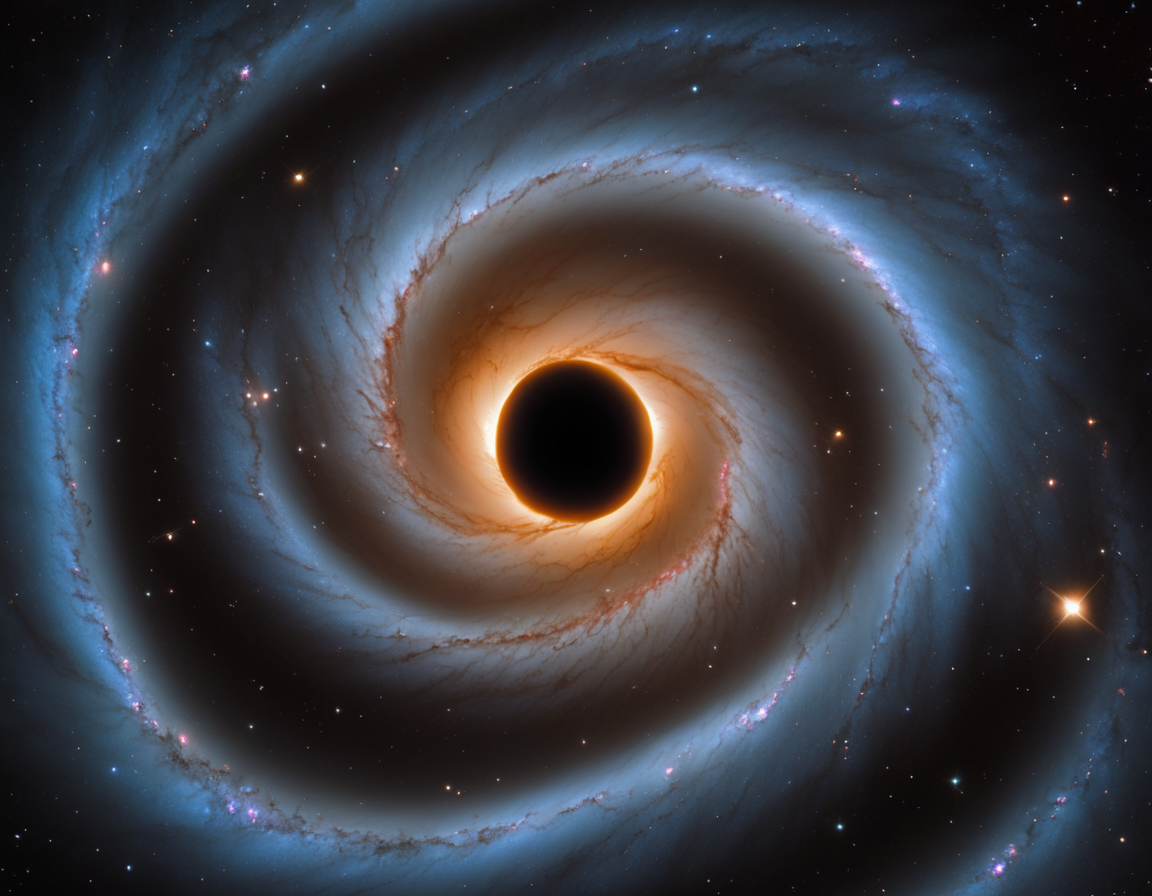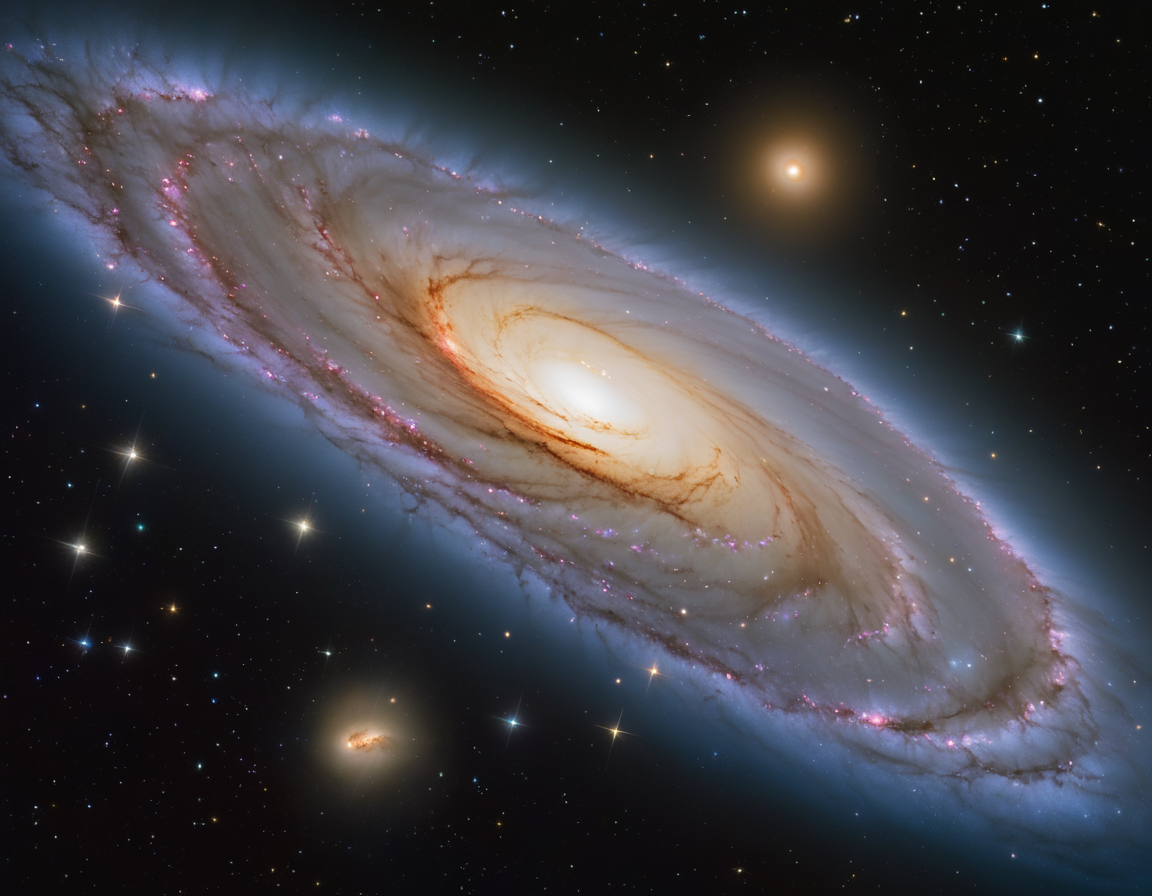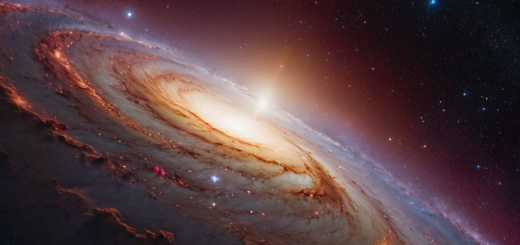Embracing the Cosmos: A Journey Through the Messier 87 Galaxy
Discovering the Universe: The Majestic Messier 87 Galaxy
Have you ever gazed up at the night sky and wondered about the vastness of the universe? Today, let’s embark on an astral journey to one of the most fascinating cosmic entities known to humanity: the Messier 87 (M87) Galaxy. Situated in the Virgo Cluster, this supergiant elliptical galaxy is home to several astronomical wonders, including a supermassive black hole at its center.
Unveiling the Heart of Messier 87
At the core of M87 lies a gargantuan black hole, one of the largest ever discovered, with a mass equivalent to several billion suns. It drew worldwide attention when the Event Horizon Telescope captured the first-ever image of a black hole’s event horizon, a historical moment in space exploration. 
The Jet of M87: A Cosmic Powerhouse
Another spectacular feature of M87 is its prominent relativistic jet. This jet, visible in telescopic images, is a stream of charged particles ejected from the galaxy’s central black hole at nearly the speed of light, extending thousands of light-years into space.
Exploring the Population: Stars and Star Clusters
Messier 87 is not just about its core activities. It contains an estimated trillions of stars and thousands of star clusters, making it an incredible laboratory for understanding the evolution of galaxies and the life cycle of stars.
Scientific Significance and Discoveries
Scientists study M87 to gain insights into galaxy formation and the dynamics of stellar systems. Its proximity, relatively speaking on the cosmic scale, makes it an ideal target for research, helping us unlock the mysteries of our universe. 
Conclusion: Contemplating Our Place in the Cosmos
Understanding celestial bodies like Messier 87 reminds us of our modest place within the grand tapestry of the cosmos. It inspires curiosity and the human desire to explore the unknown, ensuring the pursuit of astronomical discoveries continues to thrive.
Feel inspired by the cosmic wonders of M87? Share this article with fellow stargazers and leave your thoughts in the comments below!






